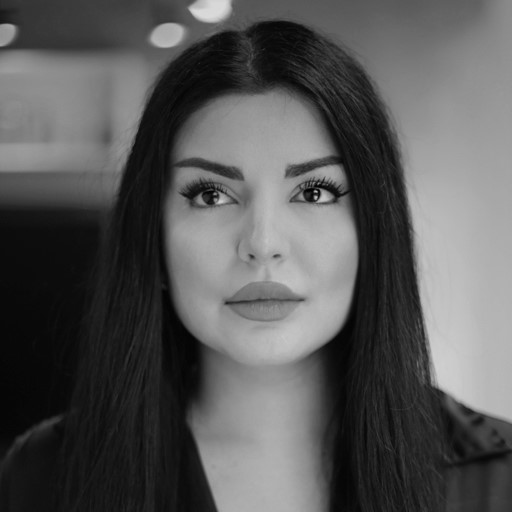Decoding the philosophy of luxury

Fatima Zara Patel, strategy consultant at Brand Lounge, explains her tactics when approaching design projects for luxury brands.
Luxury is more than just a lifestyle; it is a philosophy on its own that tells a tale of time – one that reveres the past lives in the present and paves the way for a legacy. Recognising this dichotomy can serve as a blueprint for brand builders, guiding the creation of luxury brands from inception to execution.
Separating the wheat from the chaff
A luxury lifestyle centres on external markers, like materialistic ownership, social validation, and adherence to what’s ‘in’. It’s all about thriving on the pursuit of status; driven by societal standards of perception and dictated by a calculated and cyclical phenomenon of trends. A philosophy represents a much more introspective approach – it focuses on personal identity and intrinsic value, irrespective of what others think. Here, choices made are against conforming to external validation, and more about cultivating a personal philosophy that holds a deeper meaning – an emotionally charged one that incites true expression and a celebration of individualism.
If we can distinguish the duality between philosophy-seekers as trendsetters and lifestyle-seekers as followers, we can cater our approach to align with the desires of our audience to carve out a niche and shift focus from mind to heart.
At the heart of luxury
Unlike the traditional metrics of brand value, the idea of emotional equity reframes the value of luxury beyond material worth. By placing a premium on the emotional reservoir of a brand, you intentionally create a form of currency that holds intrinsic value for your customers. This value is not just measured by price or quality, but rooted in profound sentiments, aspirations, and personal statements that are embedded throughout the brand’s narrative and overall experiences.
Cultural embedding
If any philosophy is inseparable from culture, then the marriage of the two is one of true significance. The allure of luxury not only lies in its material manifestation, but in the strategic thinking behind every story, every alliance and every design detail. How we perceive luxury and how much value we bestow on something is all relative to what we observe around us. Cultural embedding is a deliberate effort to integrate into people’s lives by positioning brands not only as purveyors of products but as contributors to the cultural landscape. Collaborations with artists and musicians have served as a form of cultural engineering – imbuing brands with relevant societal currents.
In the context of branding, this can all be channelled strategically; from the birth of a brand to its visual manifestation. When developing a luxury brand, I tend to approach projects by viewing them through a psychologically skewed lens in order to give meaning to something that many deem as meaningless. By almost completely disregarding the product, I choose benchmarks from outside of the industry and seek alternative ways of tapping into emotions by mirroring themes from music, architecture, or art.
The trick lies in understanding the ultimate objective and asking yourself, “how do I want people to feel” – rather than simply differentiating within the category, which can limit the stretch of your imagination.
So, is branding luxury about establishing a symbol of discernment or about winning the conquest of intellectual high ground? The intrigue lies in the exploration of this question, a strategy in itself. Regardless of the answer, luxury emerges as a multidimensional, emotionally induced art form – a cultural code, resonating profoundly with those who shape and are shaped by it.













